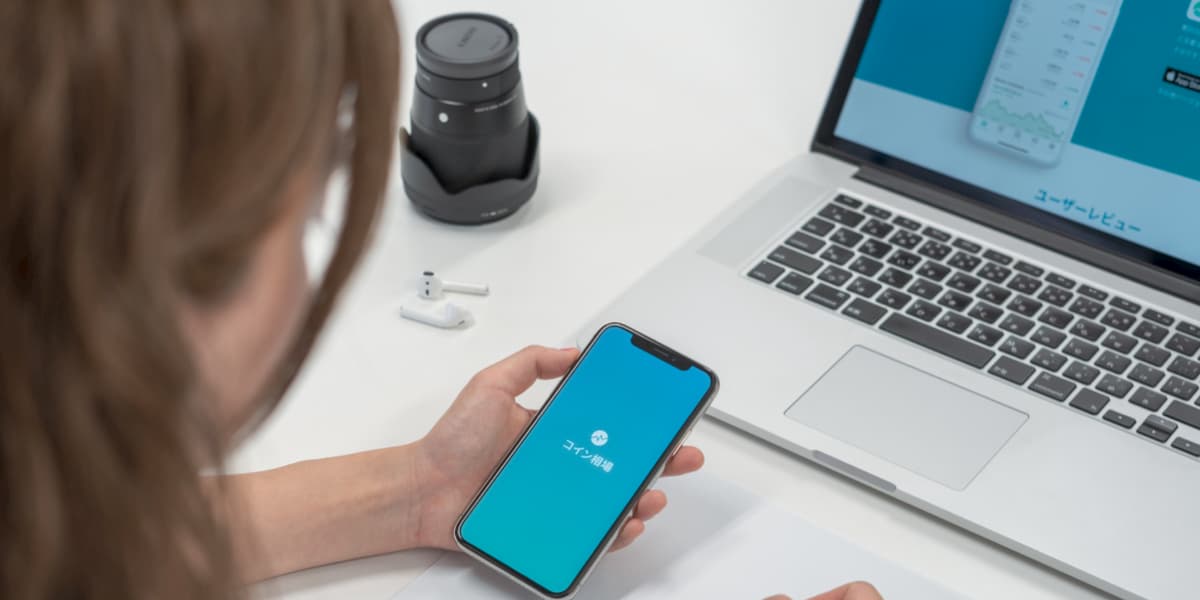UI designers have the challenging but exciting task of making sure an application’s interface is attractive, visually stimulating, and in line with business goals. But even once you’ve become a fully-fledged UI designer in your own right, the pressure for continual improvement can prove frustrating. Against the backdrop of a fast-evolving technological landscape, even the world’s most respected designers recognize the value of continuous learning.
In order to make sure we’re delivering the best possible results for the end-user, it’s essential to keep challenging your habitual and formulaic practices. But what steps can you actually take to step up your game as a UI designer?
More of a visual learner? Check out the video below, where 4 UI design students tackle the topic of stepping up your UI design game.
In this blog post, we’ll look at seven simple ways that you can step out of your comfort zone, refine your skills, and become a confident and more experienced UI designer. Here’s what we’ll look at:
- Get to grips with UI design patterns
- Train your eye
- Get networking
- Copy top designers
- Take on imaginary projects
- Share your work (and ask for feedback)
- Find a mentor
Ready to improve? Let’s go!
1. Get to grips with UI design patterns
User interface design patterns are general, reusable solutions to commonly occurring problems in UI design. They function as reference points or guides for UI designers, allowing for debate over solutions by simply mentioning the name of a specific pattern. Getting familiar with UI design patterns won’t just improve your efficiency as a designer—it will also supercharge your design vocabulary. Sites like pttrns.com and uigarage.net feature useful UI design pattern glossaries to get you started.
For further reading, discover everything you need to know about user interface design patterns in this handy guide!

2. Train your eye
Surrounding yourself with a variety of design inspiration will motivate you to improve and diversify your own design practices. Start by making sites like Pinterest, Behance, and Dribbble part of your daily routine. Get to know designers that intrigue you: how do they use white space, color, and typography? How do they make their designs unique and instantly recognizable? What can you learn from them? Most UI designers can recognize good design—but experienced designers have trained their eyes to recognize even the most detailed design decisions!

3. Get networking
If you’re a freelance UI designer (or the only UI designer on your team), working up the courage to regularly attend local networking events can be transformative for your career. Networking with other designers will allow you to discuss solutions to common issues, expand your support network, and exchange tips and tricks for becoming a better designer. Above all, you’ll realize that so many UI designers are facing the same challenges and roadblocks that you are!

4. Copy top designers
“Copying people’s work?” you say, “that’s every designer’s worst nightmare!” Copying people’s work has some pretty negative connotations—but when you drill down into it, copying is simply about reverse-engineering. Attempting to recreate the work of highly skilled UI designers will help you to step outside of your comfort zone and practice different approaches to your work. Just remember, copying people’s work is not to be confused with plagiarism! As long as you’re not selling the copied designs or showcasing them on your portfolio, you’ll only reap the benefits.

5. Take on imaginary projects
If you’re in the early stages of your career as a UI designer, you might find yourself somewhat bereft of real-world client work hitting your inbox. While you wait for the projects to start piling up, why not take the initiative to make up your own projects? Without a strict style guide or brief to adhere to, there’s nothing holding you back from showcasing your creativity. Maybe there’s an app you’ve always wanted to design, or a pre-existing website that you feel could be executed better. Not only will it give you a chance to refine your design skills, but it will also make for a more diverse portfolio. Win-win.

6. Share your work (and ask for feedback!)
For many UI designers, the prospect of sharing unfinished designs can bring on a pretty strong bout of anxiety. Design perfectionism can be a crippling characteristic that drives many designers insane, and in extreme cases, ensures that projects never see the light of day. To overcome the trappings of pixel-perfect perfectionism, sharing your work with your community and asking for open and honest feedback is vital. Not only will it allow you to gain a fresh perspective on your project, but it will also allow you to iterate and improve on your designs. Asking for feedback can make you feel vulnerable, but remember—all the most respected designers got to where they are today by taking criticism on board.

7. Find a mentor
A mentor is a senior UI designer with years of experience in the field who can guide, support, and encourage you to be the best designer you can be. Mentors can provide a fresh pair of eyes to your projects, a sounding board for new ideas, and some much-needed encouragement during periods of self-doubt. Having walked the path themselves, they’ll be able to provide a clear, tailored roadmap towards improving your craft. To find a mentor, start by reaching out in your local design community on LinkedIn—or you may even find one at a networking event! Propose a schedule that works for both of you, such as monthly or bi-monthly check-ins, and be honest about your concerns, fears, and personal challenges. That’s what they’re there for.

Head to this blog post to find out more about the value of having a mentor (and how you can make the most out of yours!)
Final thoughts
As a UI designer, you should never stop striving for self-improvement. With new software continuously being introduced, there are always opportunities to upgrade your skillset in order to make sure you’re designing the best possible interface for the user.
Want to learn more about UI design? Check out these topics!

